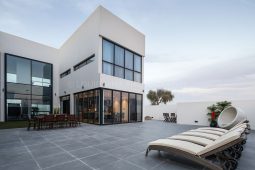Future Hospitality Summit Saudi Arabia Preview
In just a few days, FHS Saudi Arabia will host over 185 industry speakers and 1,200 hotel investment decision-makers, making it the essential gathering for hospitality leaders looking to expand their networks, gain critical industry insight, and influence the future of hospitality





